The Last of Us
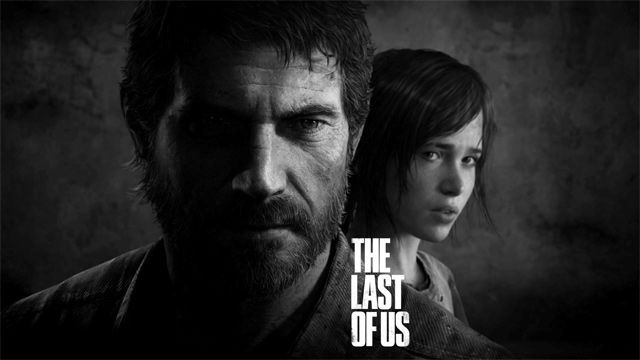
The Last of Us is a rare example of a game that leaves you wanting more. Over the course of the dozen or so hours it takes to complete, you’ll get completely sucked into its world and the people who inhabit it. Sure, they could be classified as characters, but The Last of Us is an even rarer example of a game that makes you care about its cast in genuine ways.
It begins with something so simple, so real – a little girl gets up to find her father. She eventually does, but it’s with him in a panic due to a neighbor going crazy and then Sarah loses her innocence when her father is forced to kill the neighbor. It was either him or them, and Joel wound up choosing to save his family and doing his best to leave town with his brother Tommy in tow. In the process, Sarah, the little girl who shouted “daddy” in panic just minutes before, is needlessly killed and it completely crushes Joel. One of the most engrossing elements about this portion of the game is that it happens now – not 20 minutes into the future, but now. It’s a “what if” scenario that roots you in reality and despite time skips, never loses sight of that. Every single thing in this game is presented as if it could really happen and that adds to the terror.
Fast-forward 20 years and the world basically sucks. If you look up Crapsack World on TVTropes, it’s essentially the world. Joel’s family is mostly gone with the exception of Tommy, who he’s estranged from. He’s now a smuggler partnered up with a woman named Tess and meets Marlene, a member of the radical group the Fireflies that he doesn’t particularly agree with. He’s tasked to take a young girl Ellie with him to a group of Fireflies far away. It won’t be an easy journey, but the promise of a weapons cache is too much for him to resist, so he puts up with the naïve kid for the promise of something more.
He winds up getting more, but not in the way he wanted. The team is eventually whittled down to just he and Ellie as every piece of promotional material and even the game’s cover would tell you, and the game’s greatest accomplishment is how it changes those characters so much without changing their cores. Nothing is as it seems on the surface, with Joel appearing to be a prick, but eventually opening up to Ellie and their relationship evolves from her being seen as an obstacle to a partner, and then finally to a surrogate daughter.
Joel didn’t have a choice with Sarah – she was taken from him, but he has a second chance with Ellie who has never had a father figure in her life. For a long time, it seems like Joel wants nothing but to be rid of Ellie, then he opens up and shows a human side and things change. He hears her side of things, her life, her struggles, and realizes that he needs her so he can live. He’s existed in limbo for two decades and now has a sense of purpose that is greater than himself.
As far as Ellie goes, she starts as a naïve girl and becomes something so much greater than that. It’s nearly impossible to not break down every little bit that makes her character great, but it’s important to let everyone know just how great she is without spoiling why…exactly. So I’ll just say that she undergoes a change caused by major events that force her to step her game up. There come times when she can’t just rest on her laurels and do what she knows, and has to learn in order to survive. She begins as a girl shocked by death and grows into one that doesn’t quite become accustomed to it, but learns that sometimes, it’s a necessary thing for the greater good. Joel knows this as well, but suffers with that notion due to having lost so much. Ellie is so wide-eyed sometimes that the little things she’s never experienced make you as a player appreciate them so much more – like her amazement at finding a comic book, wondering what an ice cream truck was, or not getting a joke about cheesy pizza because she’s never had it. A simple cassette of Hank Williams Sr. is treated as a treasure because it can be played in another rarity in this world – a running vehicle.
It’s a survival game with a lot of horror, but most of the disturbing stuff is left to the player’s imagination. That isn’t to say it isn’t violent, but the graphic content shown is always for dramatic effect – as are the cutaways from other stuff. The visual in your head is far worse than what they can conjure up. It may seem unusual to spend seven paragraphs talking about a game while just focusing on the characters, but how many games can that really happen here?
With this, you have an experience that transcends gaming while still offering up a lot of fun to be had in more traditional gaming methods. The Last of Us could be classified as a third-person shooter, with a horror blend ala Resident Evil, and big moments and merging third-person shooting with melee combat like Uncharted. That’s the easiest point-to-point comparison to make, but in execution, The Last of Us winds up as a better melee game than Uncharted while that game features better shooting mechanics. The slightly-off shooting has been criticized by some, but I found it to be a positive from a story perspective.
No one you play in this world is a trained marksman – they’re common people forced to learn uncommon skills on the fly and while that gives them a functional ability to shoot, it doesn’t mean they’re going to become experts overnight. Moreover, ammo is scarce and can’t be reproduced, so you can’t just go out and shoot a lot of practice rounds to learn. Joel is never quite as steady a shot as shooter fans want him to be, which is fine because it makes the one-hit kills even more satisfying, and he’s an awesome ass-kicker who can get by with his fists if need be.
Unlike the weightless melee combat in Uncharted, every blow in this game has real weight behind it. Punches feel like they’re close-ups on a UFC show and you can just imagine replay after replay being shown from different angles as the knuckles smash against whatever part of the body they need to in order to down an opponent. When you’ve got a weapon, things feel even more brutal. Unlike say a 2X4 shot from “Hacksaw” Jim Duggan that lightly taps an opponent in a ring and sends him hurdling over the ropes in a farce, a blow with one here has the visual weight of cracking a rib in one shot. Crafting makeshift enhancements on them in real-time allows you to make a board with nails in it, and while you may not chase big green aliens with it in Springfield, you can use it to cave in the skull of an infected person to extend your own life. You don’t know how long that will be, or how long you’ll have until the next attack.
That’s what makes the real-time crafting element so exciting to use. You can be in the middle of a firefight and have to choose between trying to take a clear shot, but risking death, or waiting it out and missing the shot but having the time to craft a health kit to buy you some more time. Essential items like that and a variety of explosive devices can be made, while anything requiring more than patchwork craftsmanship will have to wait until you get to a tool bench. Only then can you upgrade your weapons and spend scrap metal points on upgrades. This aspect of the game adds a lot of excitement since you frequently feel somewhat under-equipped for some major battles, and it makes you rethink your strategy.
I’m terrible at stealth aspects in games and have been since Metal Gear Solid came out nearly 15 years ago. I’ve gotten a little better over time since they’ve become more widespread in small doses, but this was the first game that I actively sought out stealth. You’re usually presented a pair of paths for a scenario – one is a more gung-ho path while the one right next to it offers up a more skillful approach. This is evident early on, but didn’t really hit me until later when you’re forced to face a group of super-deadly Bloater-type enemies that can one-hit kill you. You can try to brute force-kill them with fire, but learn fairly quickly – after a few deaths – that a better approach involves killing the lowest level of infected nearby and then sneaking through the area they inhabit. As a player, I’m conditioned to avoid those kinds of things, but this game forced me to change in order to survive and it ended up turning the experience into one analogous to what the characters in it were experiencing.
Visually, The Last of Us is one of the few games that aims for realistic facial expressions and manages to use subtle changes to actually convey emotion. There’s no uncanny valley here, and a lot of small things work about as well as the bigger, more beautiful views. Joel’s face changes throughout. He starts the game looking frantic, then he looks soulless after his daughter’s loss. His body language is of a beaten man resigned to a fate he’s accepted but knows deep down could be better. You see his eyes grown being cold to being aged with lines around them showing you his struggle, to then having lines that are there, but near eyes that are full of joy because no matter what, he’s been able to see that things aren’t as bad as they once seemed.
Beyond that, there’s a weight to every movement – not just punches and other attacks. An early scene of Joel carrying Sarah so she could sleep showed that this game was something special right away with his visual struggle of lifting her up and then putting her down, and unlike most games that would make such a thing seem effortless, it treats her like dead weight that he struggles with a bit to move and then you see her legs move around as if they’ve got some heft to them. Every character actually moves like they have working skeletons, and the motion capture work winds up being worth all the time it took to do.
On a broader level, the visuals are amazing with flesh having a lot of flaws in it – scars and the aforementioned lines around the eyes. Joel’s beard is another star of the show as you can make out every strand and see the makeup of it change as things wear on. When he’s more stressed, you’ll notice a bit more grey and when things are more somber, it seems like some of the grey disappears and his movements have more life to them.
The minimalistic HUD makes the experience even better because it puts attention squarely on what’s going on. Unlike a lot of games that cover the screen in information at all times, it’s only done here when it’s needed and that means there are a lot of times when you can play the game without any other stuff to distract you. It’s like seeing a movie on TV and then watching it later on DVD or Blu-Ray and getting even more engrossed because instead of seeing commercials, logos in the corner along with ads taking up the lower third of the screen, you’re able to just enjoy the experience presented in front of you.
The Last of Us engrosses you that much more because it’s interactive, and then it becomes something interactive that you want to see all the way through because the story is so compelling. There are times when you’ll get frustrated due to death, but the upside to those deaths are fairly nasty death scenes that work a lot like the ones in Tomb Raider – they make you want to survive so you don’t have to see such a terrible fate befall the heroes. Like Tomb Raider and Uncharted, The Last of Us also thrives on delivering gorgeous cinematography that results in stunning views that make you that much happier when they’re presented without any obstructions since they’d be perfect as desktop wallpapers (or just as things to look at later and gawk at with slack-jawed amazement).
You’ll be doing plenty of that when you lose yourself in the voice acting as well. The cast clearly understood these characters and what made them special, and even the most minor role in the story was cast well because everyone seems believable. In a video game, that’s a rarity but it’s even harder to find in something where drama carries the narrative. Here, the game relies on you to care about these characters. It doesn’t take long for that to happen, which means that you’re able to care about them, cry at more than a few points, be shocked by what happens to them, and then every now and then, laugh at things. Little touches like Ellie finding her own shortcomings amusing, such as not knowing how to swim but wanting Joel to teach her, and Ellie teasing to Joel to do something he steadfastly refused to do in simply singing a song carry more weight with them. The latter example struck a cord with me since it’s clear Joel’s a big music fan judging by his CD collection at the start, and probably took Sarah to a few shows since she’s wearing a band shirt at the start of the game – it’s easy to surmise that he sang to her and doesn’t sing to Ellie because he can’t quite bring himself to do it for anyone but Sarah.
Speaking of music, the game takes the tone established in trailers with Hank Williams Sr’s “Alone and Abandonded” and expands upon it with a country/folk twank-filled original soundtrack that is memorable without exactly being catchy. It’s the kind of music you’ll want to hear over and over again, which makes its OST – being easily available as either a PSN pre-order bonus for free or as an Amazon CD/MMP3/iTunes download for $10 or so – something you’ll want to invest in. Like Journey, the game’s soundtrack sucks you into the game more and is something you can lose hours to after completing the adventure.
I felt privileged playing this game, and it’s something you should do as soon as possible. If you can’t afford a full purchase, at least rent it for a few days and experience gaming’s most engrossing story yet. A lot was made of Spec Ops: The Line’s story last year and while it was incredible and did raise the bar for storytelling in gaming, this does so in more ways and feels like it will have an impact on more than just one genre. To be fair to The Line, this is a much more high-profile release. The Last of Us has been called gaming’s Citizen Kane, but it isn’t – The Last of Us is being appreciated in its own time and will stand as a benchmark in gaming storytelling. It effectively closes out this generation on a high note while simultaneously raising expectations for gaming storylines and their presentation in the next console generation. Hopefully that generation brings us more with this franchise, as any would be greatly benefitted by its presence.
Reviewed By: Jeremy Peeples
Publisher: Sony Computer Entertainment
Rating: 100%
——————————————————————————–
This review is based on a copy of The Last of Us for the PlayStation 3 provided by Sony Computer Entertainment.
 Game Over Online
Game Over Online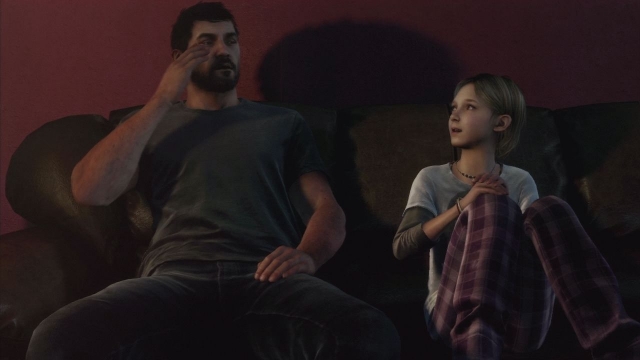
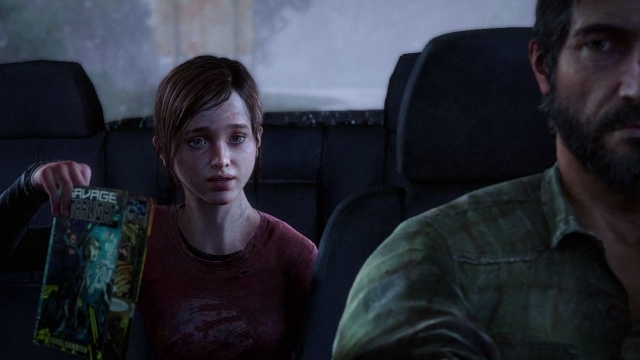
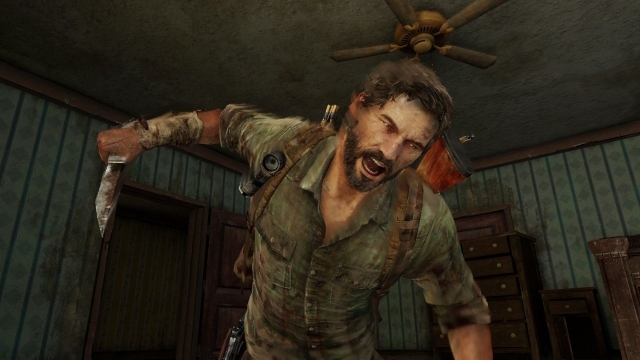
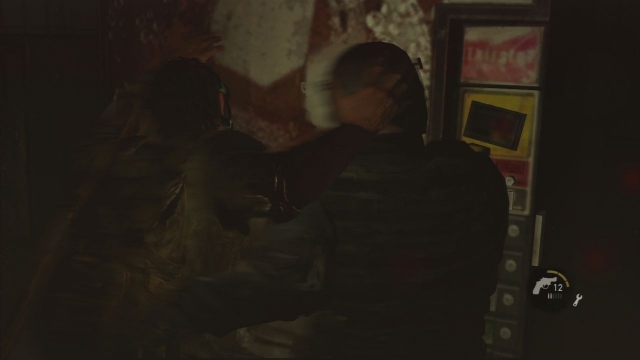
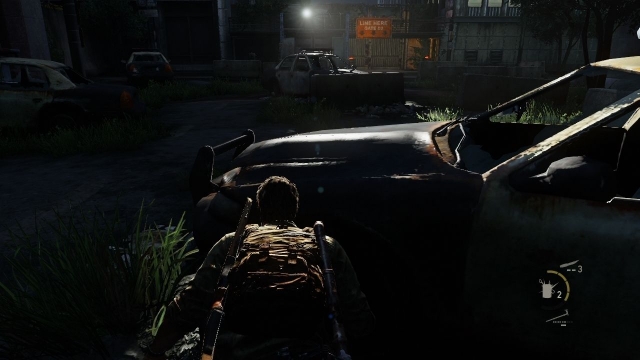
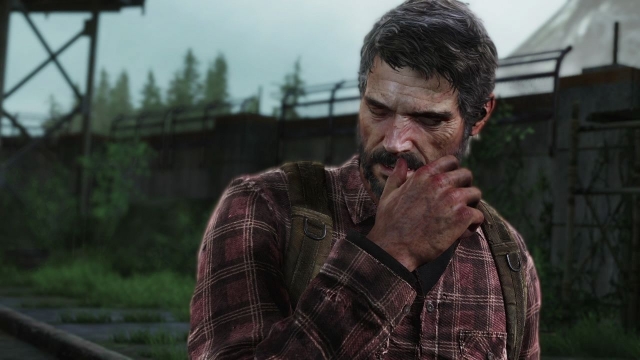
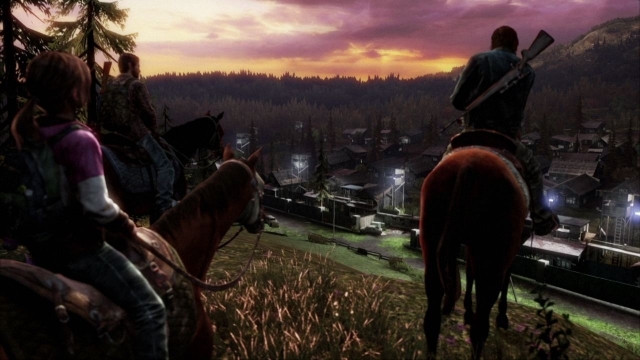




















Pingback: The Last of Us |OT| Joel & Ellie hit The Road - Page 55
I’d just like to point out that you underrated this game. Yes. It’s that good.
you kinda spoiled the game’s intro for a bunch of people. (Not me though)